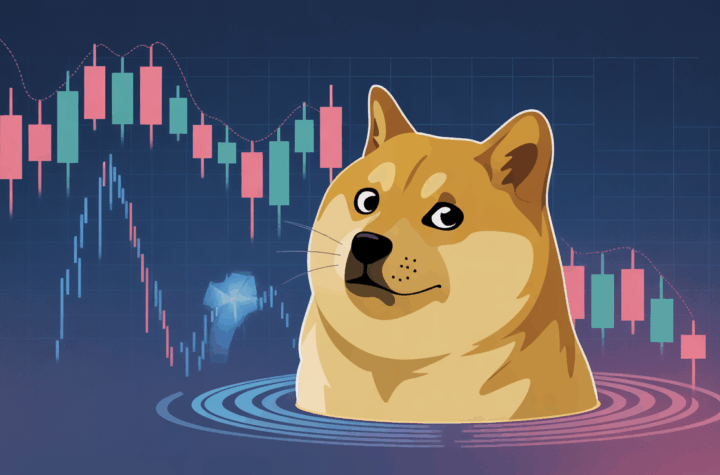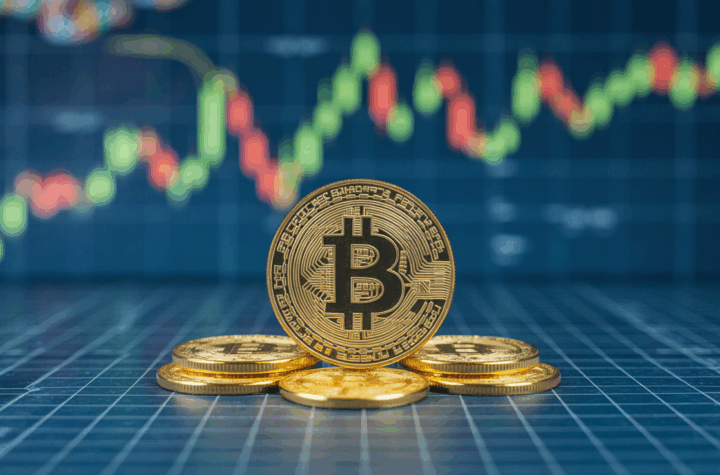
Dogecoin experienced a sharp overnight selloff, dropping from $0.27 to $0.25 during the September 21–22 session as institutional traders offloaded positions on record volume of 2.15 billion tokens, far above the 24-hour average of 344.8 million.
The midnight rout breached key support levels and set new resistance zones, leaving DOGE consolidating around $0.25 as traders assess whether a rebound or further decline is likely.
Market Context
- DOGE declined 7% over the 24-hour period, retreating from $0.27 to $0.25.
- Intense overnight trading saw a drop from $0.26 to $0.25 on record 2.15B volume.
- Analysts noted a “1-2 pattern”, a recurring formation historically linked to DOGE breakouts toward $0.28–$0.30.
Price Action Summary
- Intraday range spanned $0.02 (≈8%), with a high of $0.27 and a low of $0.25.
- Resistance was confirmed near $0.27 following repeated rejections.
- Institutional support appeared around $0.25, keeping DOGE anchored above this level.
- In the final hour (01:14–02:13), DOGE traded in a tight $0.25–$0.25 channel, showing early accumulation with spikes at 01:25 and 02:03.
Technical Analysis
- Record 2.15B tokens traded overnight points to heavy institutional activity.
- Support at $0.25 is critical; falling below could target $0.23.
- Resistance sits at $0.27, with potential upside tests at $0.28–$0.30 if buying pressure resumes.
- Volume spikes during recovery attempts highlight possible bottoming interest.
- Technicians recognize a recurring “1-2 pattern”, consistent with prior DOGE rallies.
Traders’ Focus
- Will $0.25 hold as strong support after record liquidation flows?
- How institutional positioning reacts near $0.28–$0.30 if recovery gains momentum.
- Follow-through volumes in coming sessions to confirm whether accumulation or further distribution dominates.
- Broader sentiment affected by ETF delays and ongoing regulatory uncertainty.






More Stories
DOGE drops to $0.18 amid long-term holder exits and a looming death-cross price pattern.
Asia Markets: Cautious Calm Settles Over Bitcoin as Risk Positions Rebuild
“Analyst Dubs It ‘Bitcoin’s Silent IPO’ While Dissecting Market Stagnation in Viral Essay”